8 ways to make your beginner acoustic guitar play and sound better
Our expert tips will help unlock the full potential of your beginner acoustic
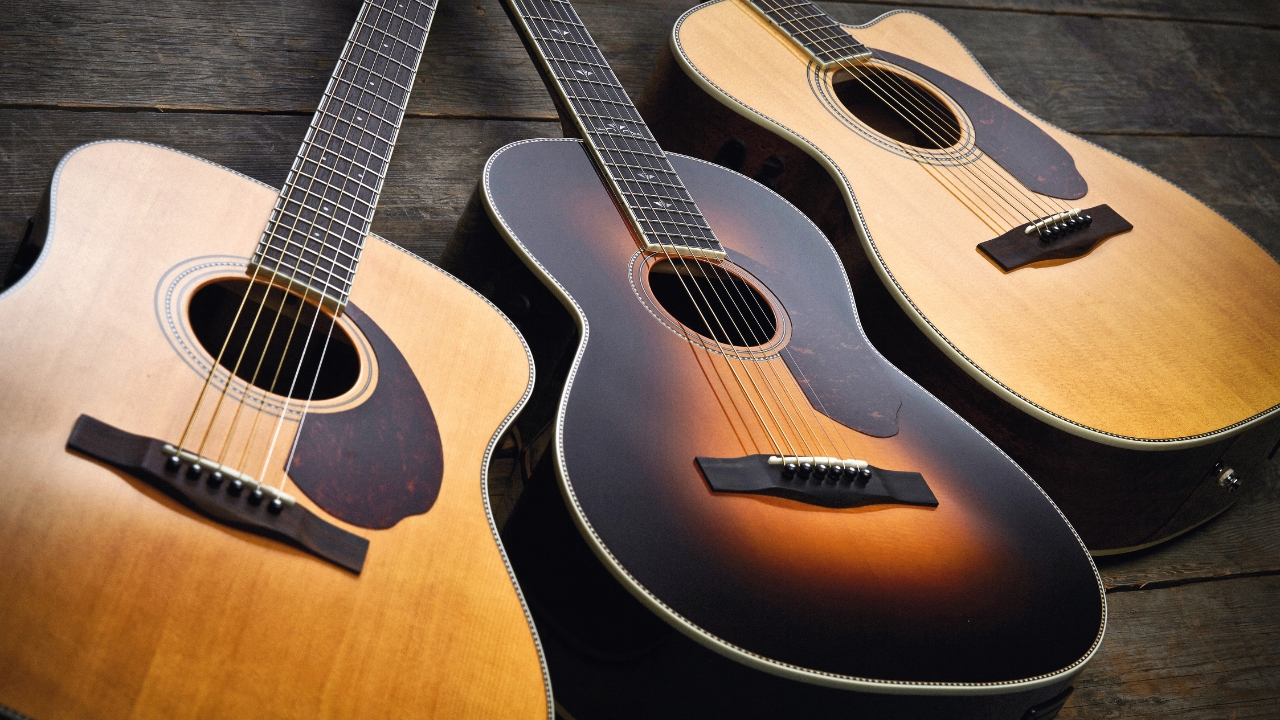
In the modern world beginner acoustic guitars are fantastic instruments in their own right, but that doesn’t mean they can’t be better. If you’re looking to improve the tone and playability of an entry-level acoustic, we’ve got some great tips for you ranging from simple maintenance to full-on replacement of parts.
You don’t have to be a trained luthier to carry out the vast majority of these either, with plenty of improvements that can be carried out from the comfort of your own home. There is also a good selection of upgrades that are reasonably priced, making them accessible for the vast majority of guitar players. We’ve carried out many of these upgrades on our own guitars and seen the improvements for ourselves, so let’s get cracking…
1. Change string gauge
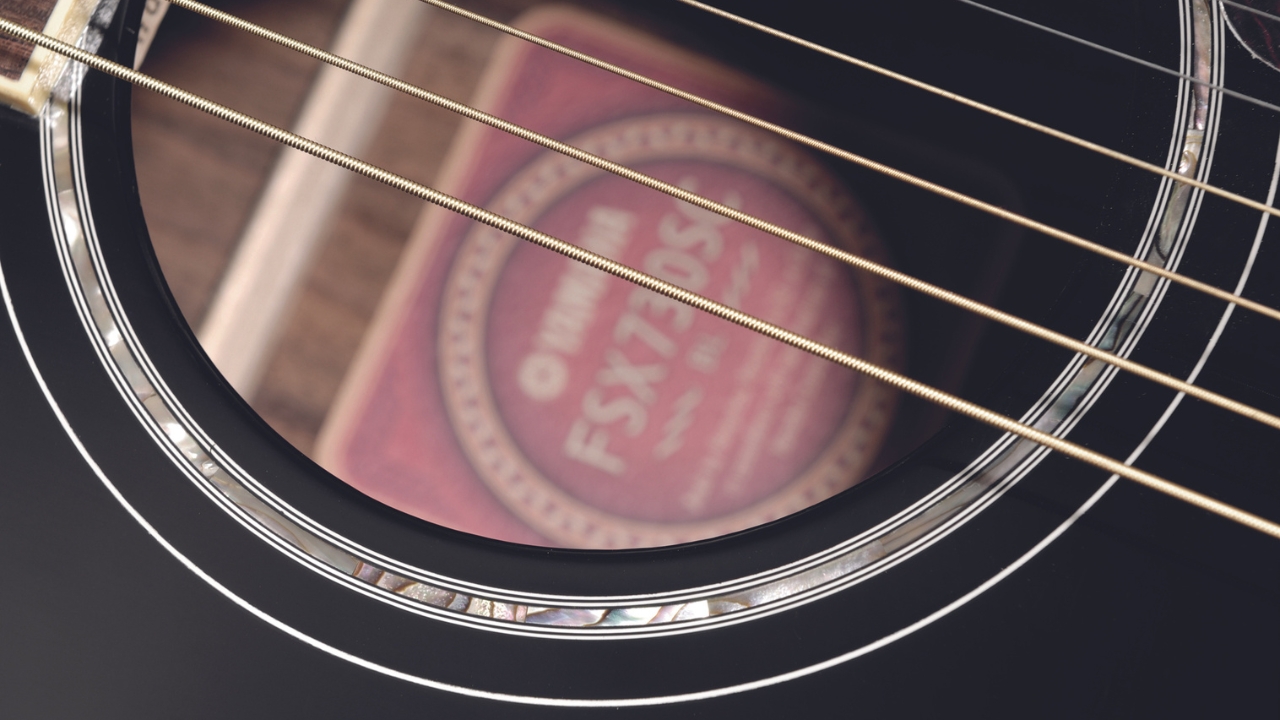
Probably the simplest and easiest way to improve both the playability and tonal quality of your beginner acoustic is to change the strings. Whether you’ve got a crud-encrusted set that’s been on there for years, you want slinkier playability, or an increase in volume and sustain, a change of string gauge can have a marked effect on the way your acoustic plays and sounds.
Changing strings is relatively simple and there are many online guides and videos on how to restring an acoustic guitar, but where the real gains are is in changing gauge. A lighter gauge of string will make your acoustic guitar feel easier to play, which is particularly useful for beginner guitar players. Conversely changing to a heavier gauge of string will make the guitar harder to play, but will bring advantages in terms of sustain, more volume, and some small tonal changes too.
2. Get a setup (or do it yourself)
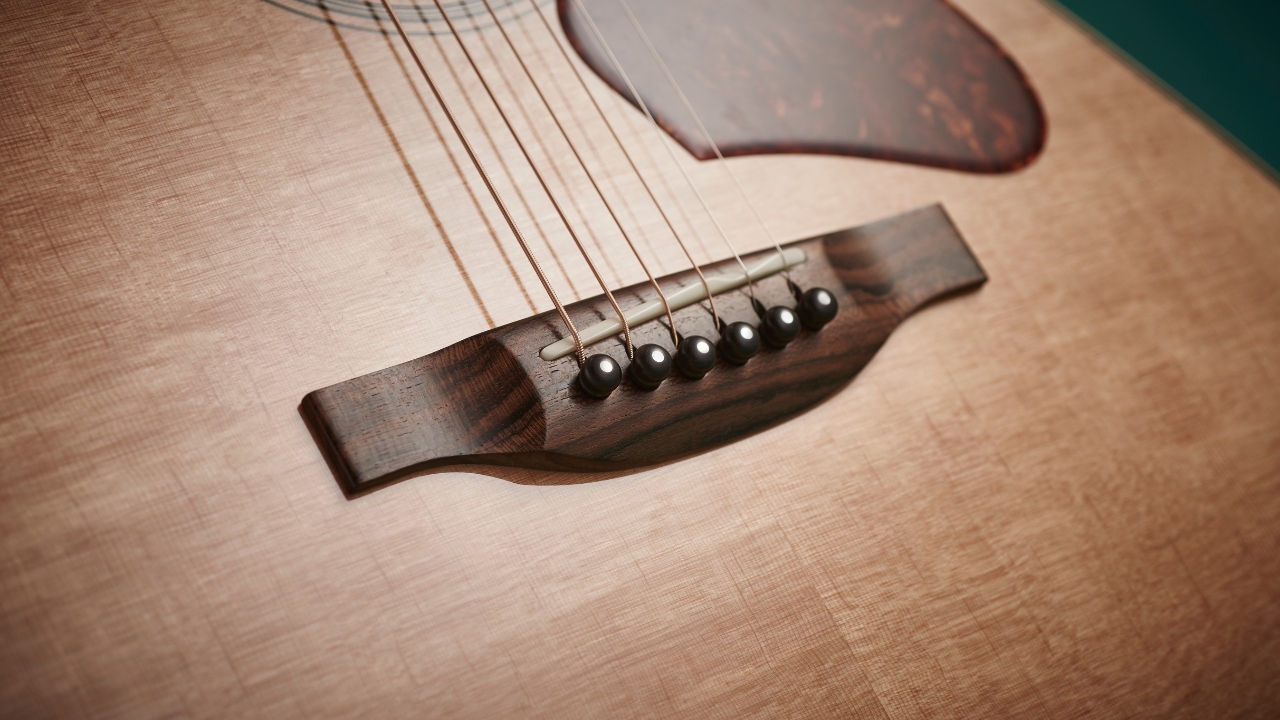
Linked to our first point, a setup of your guitar may be necessary when changing string gauge, but ultimately a good setup can have a huge effect on playability regardless of whether you’re changing string gauge or not. Setups can be done yourself with some select tools, and again there are plenty of online tutorials on how to do this. However, getting a professional guitar tech or luthier to do your setup for you will undoubtedly result in a massive improvement in playability, if you’re not sure what you’re doing.
A good setup will look at the string height, the truss rod, the bridge saddle, and the nut, as well as taking into account any potential issues like cracks or loose parts. You can ask your guitar tech or luthier for a particular thing too, for example, if you want the action low to make it easier to play, or higher to learn some slide guitar. Always bear in mind that there will be limitations to what your luthier can do with any given instrument, and they will get you as close as they possibly can to what you want.
3. Change your guitar pick
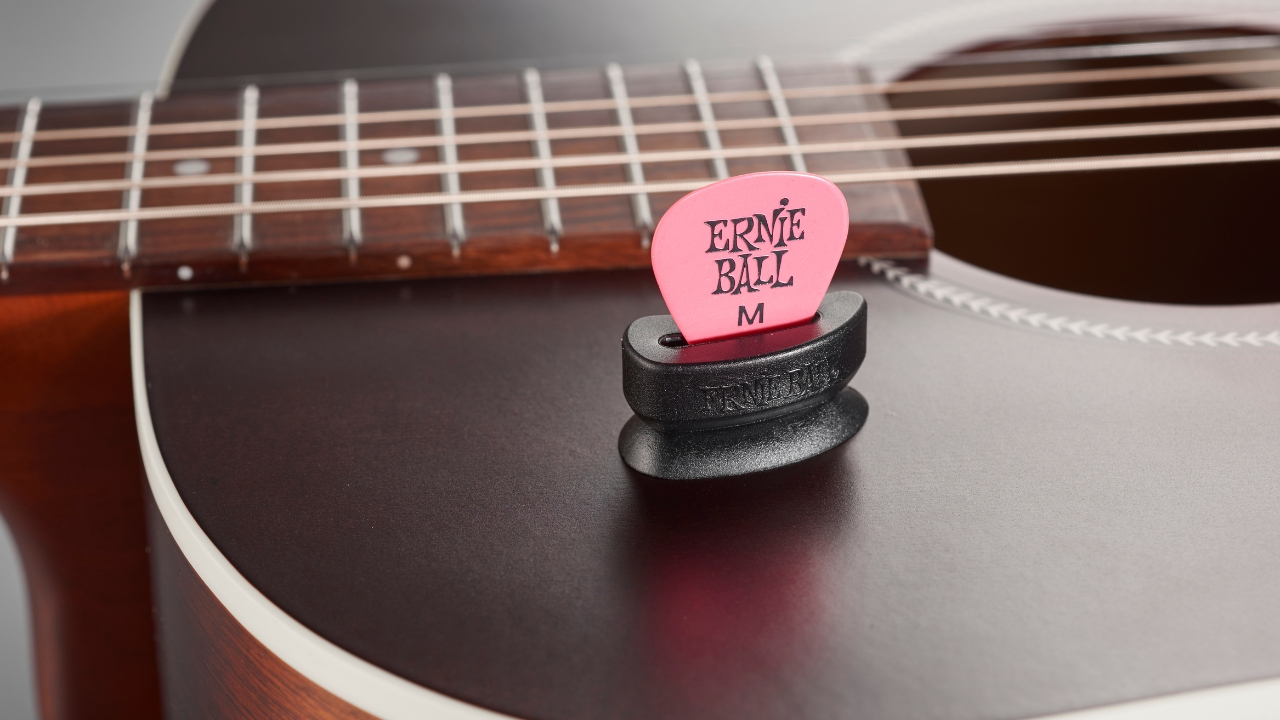
Another simple change that can have a big effect on both sound and playability is the guitar pick you use. You might think all picks are created equally but it’s not the case, as both the material, thickness, and shape all have an effect on how your acoustic plays. If you’re playing fingerstyle exclusively, then you might want to have a look at a thumb pick or finger picks to help you change things up.
Get The Pick Newsletter
All the latest guitar news, interviews, lessons, reviews, deals and more, direct to your inbox!
A lighter guitar pick flexes more easily and is generally preferred by players for rhythm playing and strumming. The flex makes it easier to strum across the strings and delivers a lighter and more airy sound. On the other hand, a heavier pick is useful when you need more control or are using a heavier set of acoustic guitar strings. Pick shape is more personal preference, so if you’re looking to change up your sound or playing feel, trying a guitar pick variety pack is a great idea. Different materials can also impart a subtly different sound, so it’s worth trying these out too.
4. Try alternate tunings
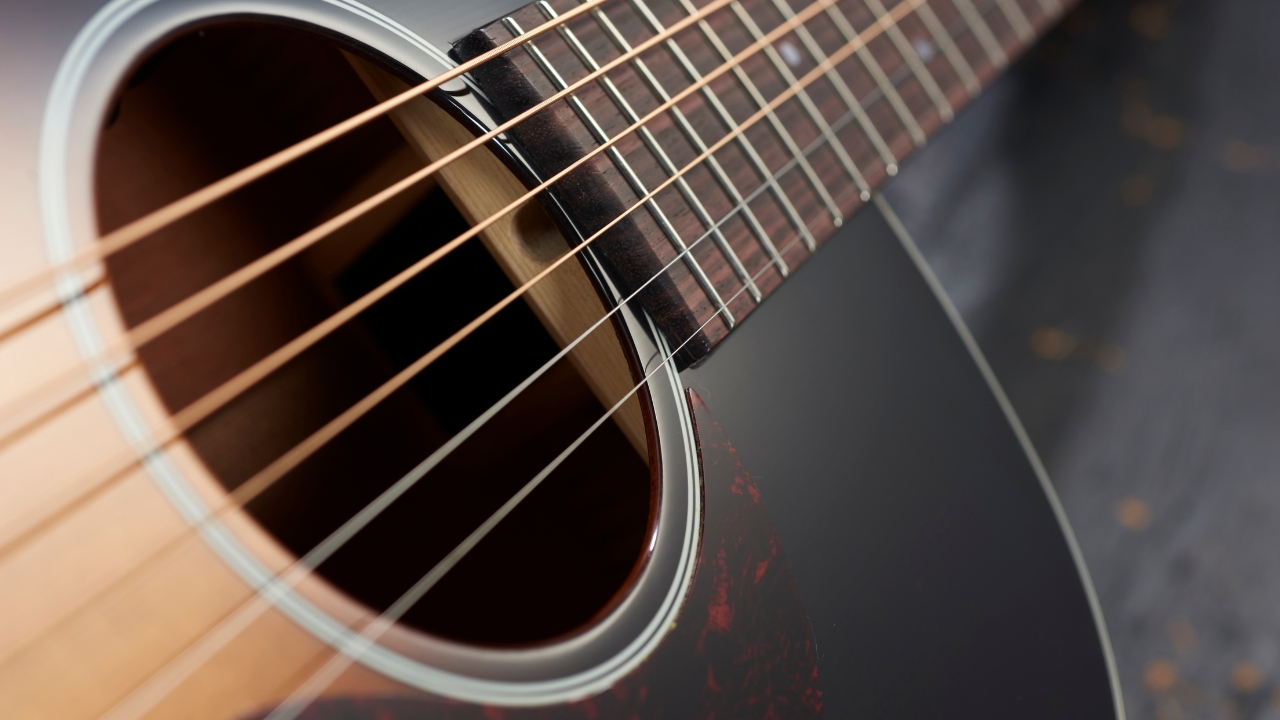
A totally free way to change the sound of your instrument, alternate tunings will unlock a whole new sound for your instrument that can really jumpstart your creativity. The harmonies and melodies that are accessible via alternate tunings can make for some really unique sounds, challenging you to try different chord fingerings and helping you develop your music theory.
There’s a huge range of alternate tunings to choose from, whether you’re simply dropping your low E string to a D for easier power chords, or completely retuning a la Sonic Youth to make something totally unrecognizable. If you’re trying alternate tunings for the first time, you’ll need a good guitar tuner, and you’ll also need to research whether you should be tuning each string up or down.
5. Upgrade your hardware

Getting into more serious work, upgrading the existing hardware on your acoustic guitar is a great way to see some serious performance benefits. They’re not likely to drastically change the tonal character of your acoustic, which is baked into the tonewood combination and general construction. Still, you can certainly make some marginal tone gains and larger playability improvements by changing components.
Key components for upgrading are the nut and saddle, both of which tend to be made of poorer quality materials on beginner-level instruments. The nut in particular can affect sustain and improve tuning stability, while a change of saddle material can have a subtle effect on the tonality of the guitar too, as well as improving sustain. We’d advise giving your guitar to a professional to change these components, as you can seriously damage your instrument if you don’t know what you’re doing.
6. Install an acoustic guitar pickup
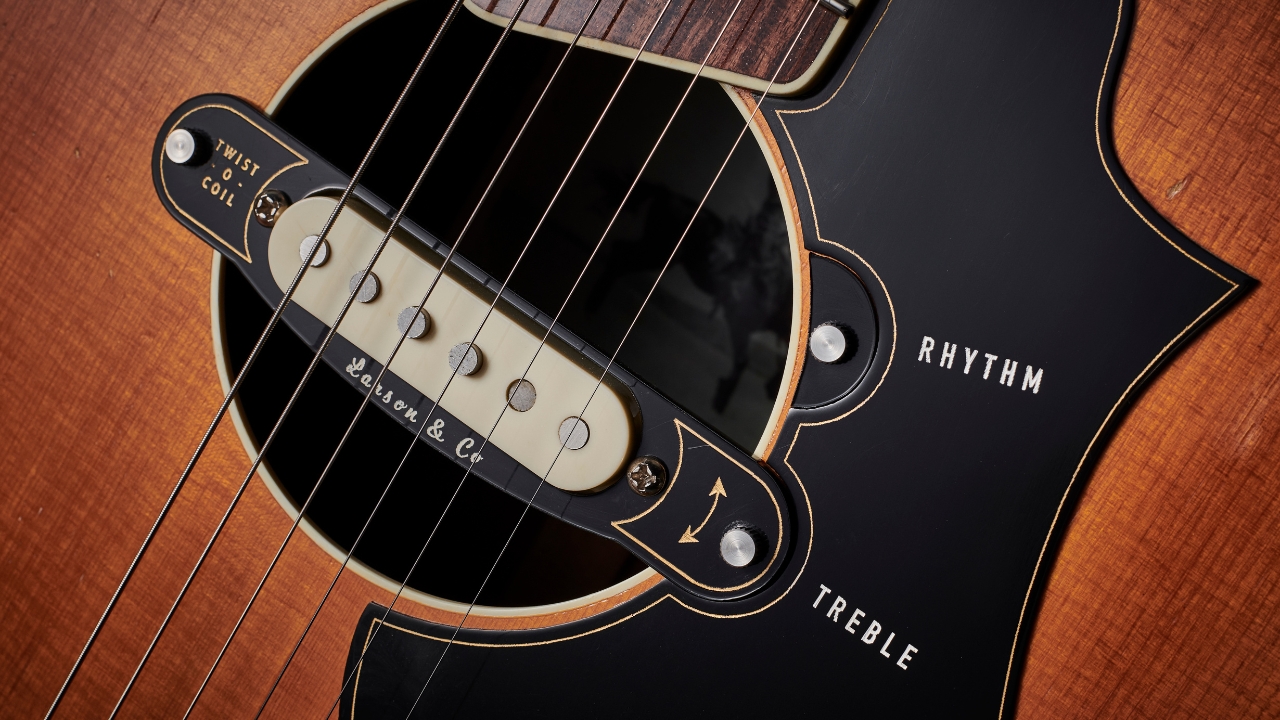
Many beginner acoustic guitars come with onboard electronics but in our experience, there aren’t huge amounts of these that are very high quality. Onboard electronics tend to be a little thin and lifeless, so another way to improve the sound of your acoustic is to install an external acoustic guitar pickup.
Acoustic pickups can be simple things that screw onto your soundhole, or fully-fledged systems with their own preamps that require a more detailed installation. They will drastically improve the sound quality versus the standard piezo ones that typically come installed on beginner acoustics, a great option if you use an acoustic guitar amp or want to eventually play live.
7. Try using guitar pedals
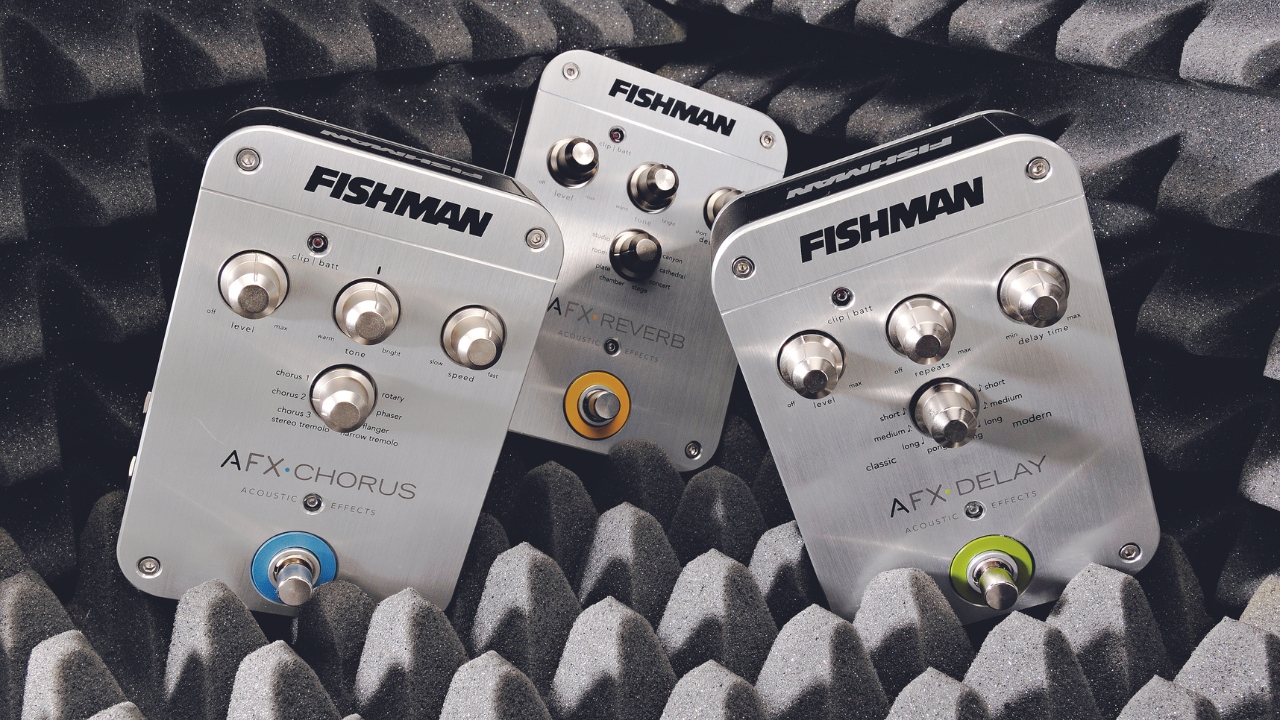
Guitar pedals aren’t just for electric guitar! As well as acoustic-specific preamp pedals which can improve overall tonality you can also use reverb pedals, delay pedals, and pretty much any effect you like. Of course, this is dependent on your instrument having a built-in pickup, but in the modern world, most beginner-level acoustic come with one of these.
Using pedals will rely on you having amplification of some kind as well, whether that’s using an acoustic amp or regular guitar amp, a PA system, or even an audio interface to amplify your signal. There are a lot of practice amps on the market that feature acoustic guitar-specific models too, which can be a great way to improve the sound of your instrument.
8. Try a new technique
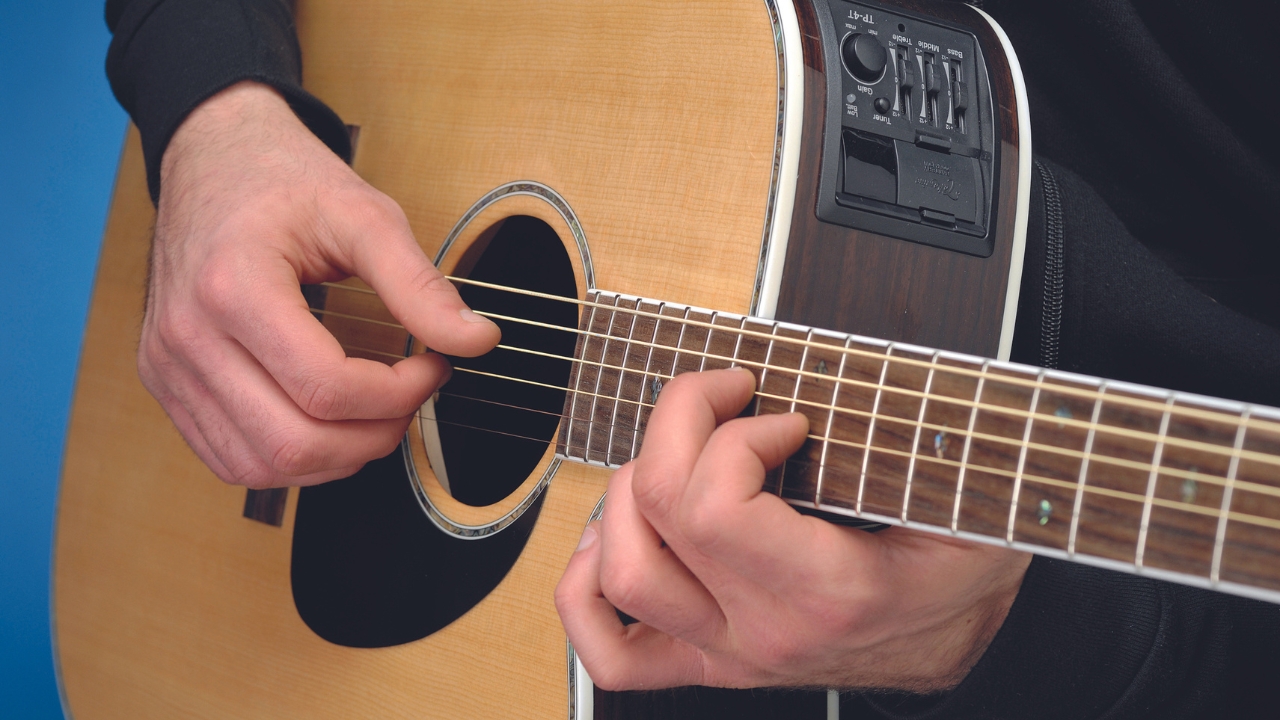
It may seem like an obvious point but learning a new technique can quite literally unlock a whole new world of sound. We’re not saying you have to learn a ridiculously complex classical guitar piece, but adding some fingerpicking to your repertoire can help vary the sound of your acoustic.
You can also try using a guitar slide if you’re playing a steel string acoustic, hybrid picking that combines your guitar pick with your fingers, or even trying some new strumming styles like the rasgueado technique found in flamenco guitar styles. These small changes can have a big effect on the sound of your playing, as well as just being a great way to improve your technique overall.

Matt is a Junior Deals Writer here at Guitar World. He regularly tests and reviews music gear with a focus on guitars, amps, pedals, modelers, and pretty much anything else guitar-related. Matt worked in music retail for 5 years at Dawsons Music and Northwest Guitars and has written for various music sites including MusicRadar, Guitar Player, Guitar.com, Ultimate Guitar, and Thomann’s t.blog. A regularly gigging guitarist with over 20 years of experience playing live and writing and recording in bands, he's performed everything from jazz to djent, gigging all over the country in more dingy venues than you can shake a drop-tuned guitar at.









